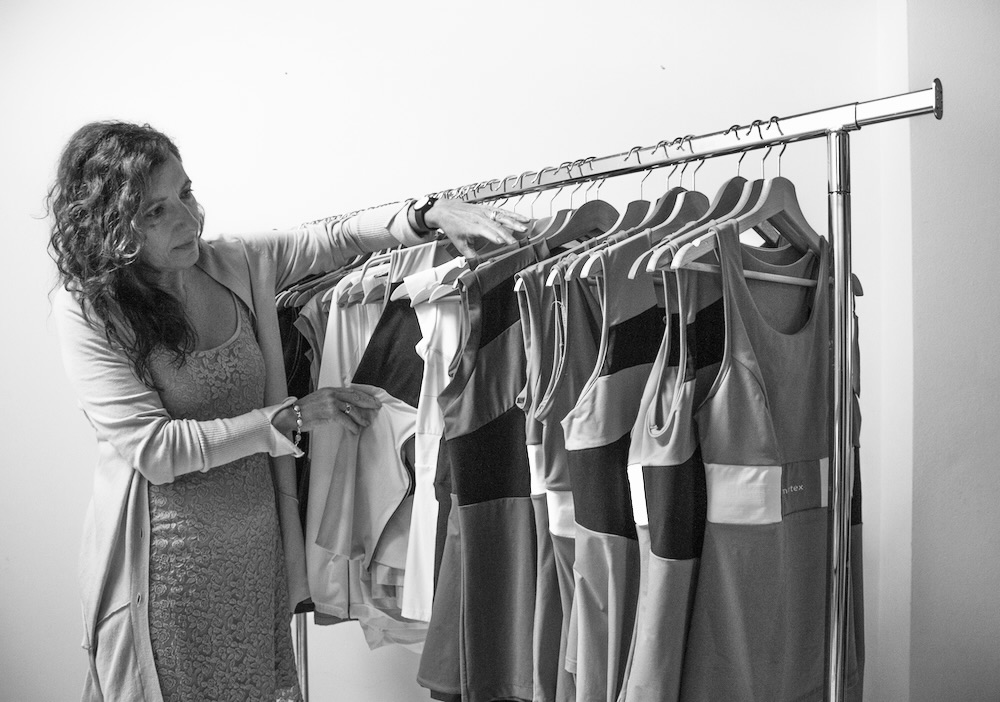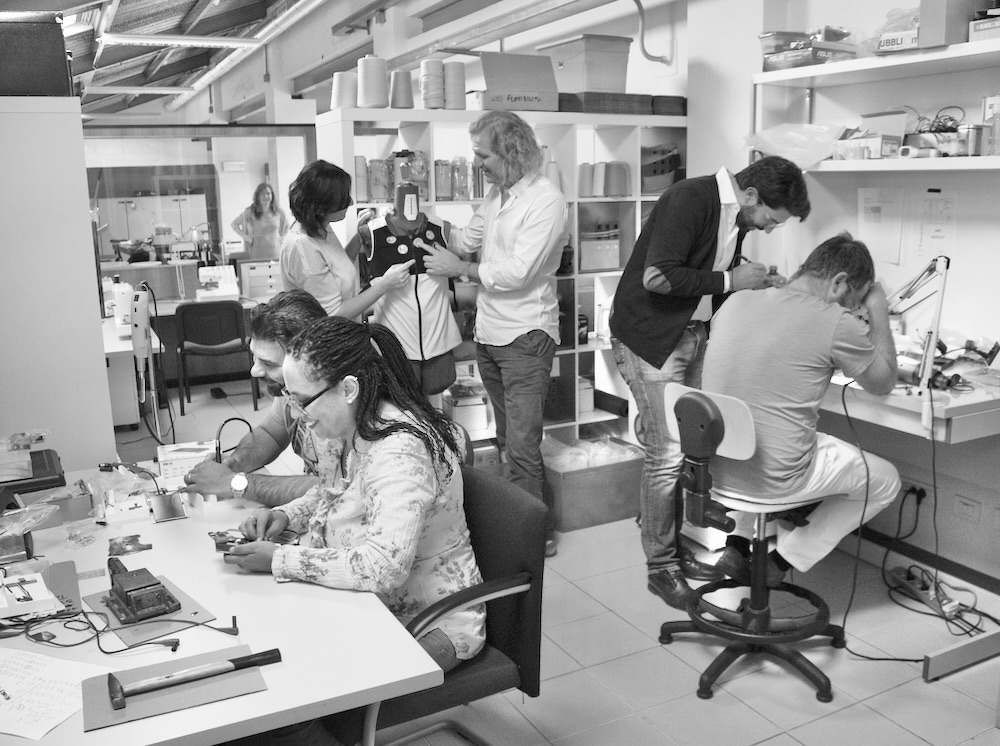
In this series of blog interviews, we further introduce the people and organizations behind XR4DRAMA by asking them about their work and their particular interest in the project. Our fifth interview partner is Rita Paradiso of Smartex, an Italian manufacturer of smart, bio-sensing textiles.
1) When did you first get in touch with the concept of situation awareness and XR technology?
I think this came as a natural consequence of designing and testing advanced human physiology monitoring tools. I’ve been working in this field for more than 20 years. It took us a while, but as soon as our systems could reliably collect physiological and behavioral information in any situation and at any time, using the acquired data for simulations in virtual environments was a logical next step.
2) Who is in your team – and what are your colleagues working on at the moment?
The team consists of Maria Pacelli, Carlo Mancuso, Gianluca De Toma, Roberto Orselli and myself. Maria Pacelli is our project manager. She’s in charge of coordinating sensor and data research. Carlo and Gianluca are experts in hardware design as well as development and systems integration. Roberto is responsible for the project’s administration. And I’m the head of research. We work on a number of projects that deal with bio sensing or gesture and posture recognition. Next to XR4DRAMA, there’s Tactility, for example. This one’s about virtual reality, robotic hands and wearables that provide tactile feedback. We’re also involved in 6thSense, where our task is to come up with novel textiles that integrate health monitoring sensors and biofeedback solutions to assist first responders in extreme conditions.

3) From your point of view: What are the most interesting aspects about XR4DRAMA?
The project is another great opportunity to share our technology with experts from other disciplines. This helps us improve the quality of our solutions. In XR4DRAMA, we particularly benefit from the input of the end users in the two pilots. The disaster management scenario gives us important insights for similar projects we’ve been working on, and the media scenario is a first that opens up completely new opportunities for our technology. At a more fundamental level, I think it’s fascinating to explore human physiological and psychological reactions to specific conditions. And of course, the impact of XR technology on human behavior is another intriguing topic.
4) What could be a challenge for the consortium?
I think it’s the pandemic. Covid has drastically reduced the possibility to meet and share practical knowledge. Doing everything remotely could restrict the inventive process in the long run.
5) When the project is over in late 2022, what kind of outcome do you expect?
In general, we hope that our monitoring solutions prove to be compatible with the working conditions they’re needed in. More specifically, we’d like to demonstrate that our system can provide data on the impact of water on the body – which is something that can’t be measured with standard devices yet.
Our next interview partner will be Leo Wanner of UPF
